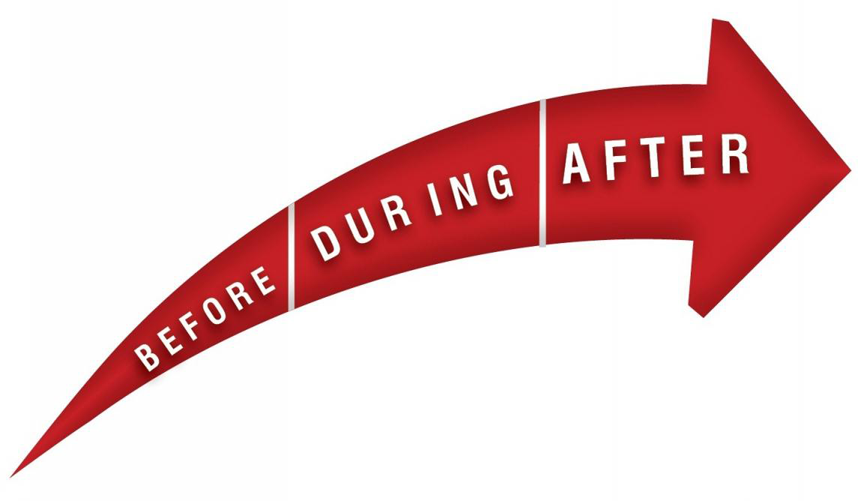Writing an Expert Witness Report

A typical report will begin with a factual statement in which the parties are identified. The basic relevant facts of the case are set forth, and the specific task assigned to the forensic examiner by the hiring attorney is laid out. Once this introductory material is set out, you shift to a description of your collection activities to establish that you have properly gathered the electronic evidence you examined and about which you will opine. This would include specifying the equipment used, the methodology employed, and the steps followed in the collection process. You will want to include information relating to hash values to verify the copies of the evidence you made are exact duplicates of the source data. Next you would turn to a description of the methods of analysis used to analyze the data. The specific findings can be listed at this point, or saved for later when you state your opinions.
Typically the next section of the report contains your opinions and the supporting commentary required under the rule. You must specify each opinion you intend to offer and provide your reasons and bases for the opinions. The specific supporting data relied upon for an individual opinion should be identified as well. The level of detail will depend on whether you have previously described the results of your analysis in your report. If you did, you can incorporate it by reference in the section dealing with your individual opinions. You need to be as thorough as possible, since a failure to identify a particular opinion may result in your subsequent testimony being limited. You should write the report with the expectation that if it is not in the report you won’t be allowed to testify about it.
Since copies of any exhibits you intend to use to substantiate your opinions are supposed to be attached to the report, it is important to work early and closely with your attorney to decide on what you should prepare. Exhibits should be prepared with the expectation that they will be used in front of a jury so consideration should be given to the look of the exhibits from a demonstrative evidence perspective. Just attaching a bunch of spreadsheets is not enough. You need to consider how the spreadsheet evidence will be presented in order to properly prepare your exhibits. Timelines need to be developed. Key documents recovered need to be identified. You may even be required to provide any demonstrative exhibits that you intend to use to educate the jury on basic computer components or processes. Thought must be given far enough in advance so you won’t find yourself limited at trial in terms of the exhibits you are allowed to use.
You also need a section on your qualifications. Typically a brief narrative identifying who you are and your basic qualifications is set forth in the report, and then a copy of your full CV is attached as an exhibit. If you don’t want to attach the CV you may need to go into greater detail about your qualifications in the body of the report.
You are also required to provide a statement of your compensation. Typically this would include a statement of any flat fee based activities (such as a flat fee per computer imaged or processed), together with a statement identifying your hourly rate and the total number of hours spent working on the case. You should provide a statement of your charges incurred up to the date of the submission of your report. You may be tempted to attach a copy of your billing statements. However, unless you are required to produce them, you should not volunteer this information. The descriptive portion of the bill describing the tasks you’ve undertaken can be grist for cross examination. You can find yourself in a Sword of Damocles situation where you’ve either provided too much or too little detail. The best option is to simply provide a statement of total fees and expenses incurred to date.
In writing your report you need to keep in mind the likely reader or readers. Your attorney must be able to understand what you’ve done, and a Judge must understand it as well. In all likelihood the report will be offered as an exhibit at trial so you need to consider that an average juror will also be reviewing it. Therefore, you do not want to be excessively technical. If technical explanations are required, you need to provide interpretations of the technical matters in lay terms that all of the people reading your report can understand. Define technical terms in the body of the report or with footnotes. Use analogies to explain methodologies and technical aspects of your analysis. In short, avoid writing geek to geek.
Finally, include enough information so your report is intelligible and you have offered a thorough statement of each opinion you intend to offer at trial. Do not, however, include more than is necessary to meet your obligations under the rules. Avoid volunteering information that is not specifically relevant. You are writing a report, not a thesis. If you volunteer too much, all you are doing is providing the opposing attorney with ammunition to use in cross examination. Be cognizant of the fact that whatever you state can and will be used against you if the opportunity arises. Therefore, be as precise and as succinct as you can be.





Responses